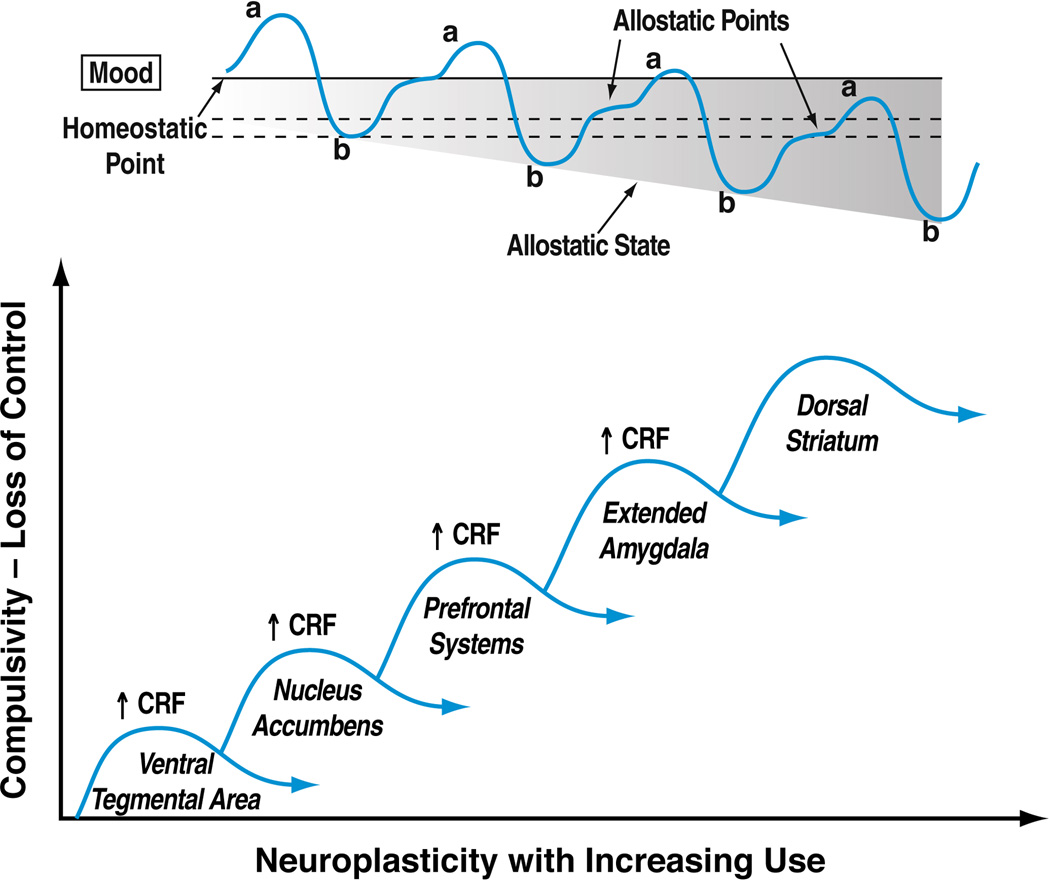Figure 2. The progression to compulsive drug use alters emotional homeostasis via opponent-process upregulation of CRF activity in multiple brain nuclei.
The top-panel illustrates the opponent-process, emotional allostasis model of drug addiction. In the model, acute drug use initially elicits positive shifts in mood (“a” process). This is subsequently countered, however, by homeostatic decrements in mood (“b” opponent-process). With repeated drug use, the “b” opponent-process manifests earlier and more prominently, such that each drug experience elicits a smaller, briefer positive shift in mood. The associated neuroadaptations alter the individual’s emotional set points, yielding allostatic states of decreased reward function and increased stress function. The individual’s mood in a drug-free state does not return to the drug-naïve baseline (homeostatic point). Rather, new, stable allostatic states result, in which the drug-free baseline mood (allostatic points) becomes increasingly more negative, experienced as dysphoria in the absence of drug. With continued use, further drug-taking can no longer reattain the baseline, drug-naïve homeostatic set point, let alone a subjective positive “high” (Koob and Le Moal, 2001). Compulsive, escalating drug use is motivated by the negative emotional allostatic state in negative reinforcement fashion in a futile attempt to reduce dysphoria and regain euthymia. The bottom panel hypothesizes the successive recruitment of CRF systems across different brain regions during the transition to compulsive drug-taking and loss of control. During the initial phases of drug self-administration, when drug-taking still effectively elicits positive mood states and maintained by positive reinforcement, brain regions central to reward processes (ventral tegmental area, nucleus accumbens) are recruited. With continued drug use, neuroadaptations in CRF systems in the ventral tegmental area and prefrontal cortex may contribute to the generation of compulsive drug seeking. Finally, opponent-process activation of CRF systems in the extended amygdala and recruitment of circuitry linked to the dorsal striatum underlie the negative emotional state and habitual drug-seeking, respectively, observed in individuals with severe addiction.

